chmod R or *page Numerical Shorthand Another way to use chmod is to provide the permissions you wish to give to the owner, group, and others as a threedigit number The leftmost digit represents the permissions for the owner The middle digit represents the permissions for the group members The rightmost digit represents the permissions chmod chmod is a Linux command that will let you \set permissions\ (aka, assign who can read/write/execute) on a file Code chmod permissions file Code chmod permission1_permission2_permission3 file When using chmod, you need to be aware that there are three types of Linux users that you are setting permissions for Therefore, when setting chmod is Linux command used to change file permissionschmod changes user, group and other read, write and execute permissionchmod 755 is popular use case for chmod chmod 755 is generally used to make most of the operations without problem because it provides ease for system administrators while running applications chmod 755 755 can be separated as
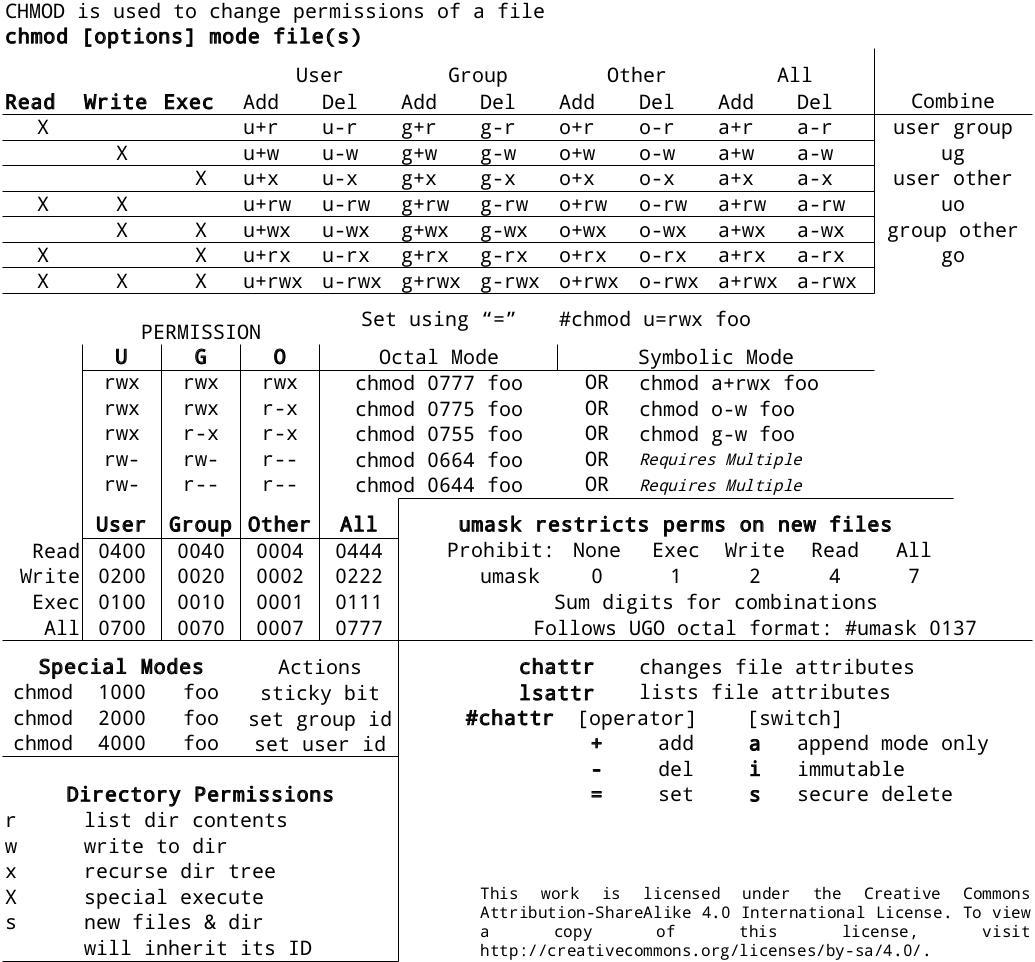
0xax Chmod Cheat Sheet Linux Cli Http T Co B5yd7pk1
Chmod 700
Chmod 700- Now, let us see how chmod command can be used to change the access mode of a file Example 1 Let's change the assgn1_clientc permission so that the owner cannot write (w) in the file but can only read it BEFORE rwrwr mik mik assgn1_clientc COMMAND chmod u=r assgn1_clientc AFTER rrwr mik mik assgn1_clientc BeforeThe chmod Linux command is used to change the access mode (aka file system permissions) of one or more files (or directories) only the owner or a privileged user may change the mode Chmod Command Usage 1 chmod options mode files The mode can be specified by the name or the UID/ GID number, if you do not specify who then the default option of a (all) will be used You




Linux Commands Chmod
GNU chmod will assume the mode you're giving it is octal anyway, but it's safest to prepend the zero Finally, if you see a at the end of the modestringrwxrxrx then that means the file has extended permissions, and you'll need more than chmod Look into the setfacl and getfacl commands, for starters Share Improve this answer Follow answered May 31 '12 at 1500 chmod ux myfile ls l myfilerwsrr 1 user 0 myfile Setgid Setgid is the equivalent of setuid for groups If the bit is set, it grants permission of the group who owns the file In a file listing, the "s" (lowercase s) character is listed in the "group execute" position of the file permissions string If the setgid bit is set, but the group does not have execute permissionsChmod reference=sourcefile destination file In the above command, sourcefile is the file whose permission bits you want to copy, and destinationfile is the file whose permission bits you want to change Moving on further, there's also a numerical notation (also known as octal representation) using which you can tell chmod to change permissions There are three numbers
We benefit hugely from resources on the web so we decided we should try and give back some of our knowledge and resources to the community by opening up many of our company's internal notes and libraries3 chmod examples Syntax and Options Related Commands chmod stands for change mode, which changes the file or directory mode bits To put it simply, use chmod command to change the file or directory permissions Following is a sample of ls l command output In this, the 9 characters from 2nd toTo turn on read, write, and execute permissions, and turn off the setuserID bit, setgroupID bit, and sticky bit attributes This is equivalent to chmod 0777 aprsal chmod a=rwx aprsal;
The other way is terminal , where you can change the permission via Chmod If you use chmod 777 that means you assigned all the permissions ie to make file readable, writable and executable by everyone chmod 775 /path/to/file chmod command uses & Explanation chmod is a command to change permission of a file It stands for change mode TheChmod 777 Chmod 777 (chmod arwx) sets permissions so that, (U)ser / owner can read, can write and can execute (G)roup can read, can write and can execute (O)thers can read, can write and can executeChmod preserves a directory's setuserID and setgroupID bits unless you explicitly specify otherwise You can set or clear the bits with symbolic modes like us and gs, and you can set (but not clear) the bits with a numeric mode RESTRICTED DELETION FLAG OR STICKY BIT The restricted deletion flag or sticky bit is a single bit, whose interpretation depends on the file type




How To Use Chmod Change Mode Repair Your Pc Now




Chmod 777 Or 755 Learn To Use Chmod Command With Examples
chmod 400 myfile Gives the user read permission, and removes all other permission These permissions are specified in octal, the first char is for the user, second for the group and the third is for other The high bit (4) is for read access, the middle bit (2) os for write access, and the low bit (1) is for execute access chmod 764 myfile Gives user full access, group read and writeTo set all permission bits on (anyone can read/write/execute) chmod 777 scratch;Chmod ax file Allow read permission to everyone chmod ar file Make a file readable and writable by the group and others chmod gorw file Make a shell script executable by the user/owner $ chmod ux myscriptsh You can then execute it like this /myscriptsh Allow everyone to read, write, and execute the file and turn on the set groupID




What Is Chmod X Command In Linux Linuxtect
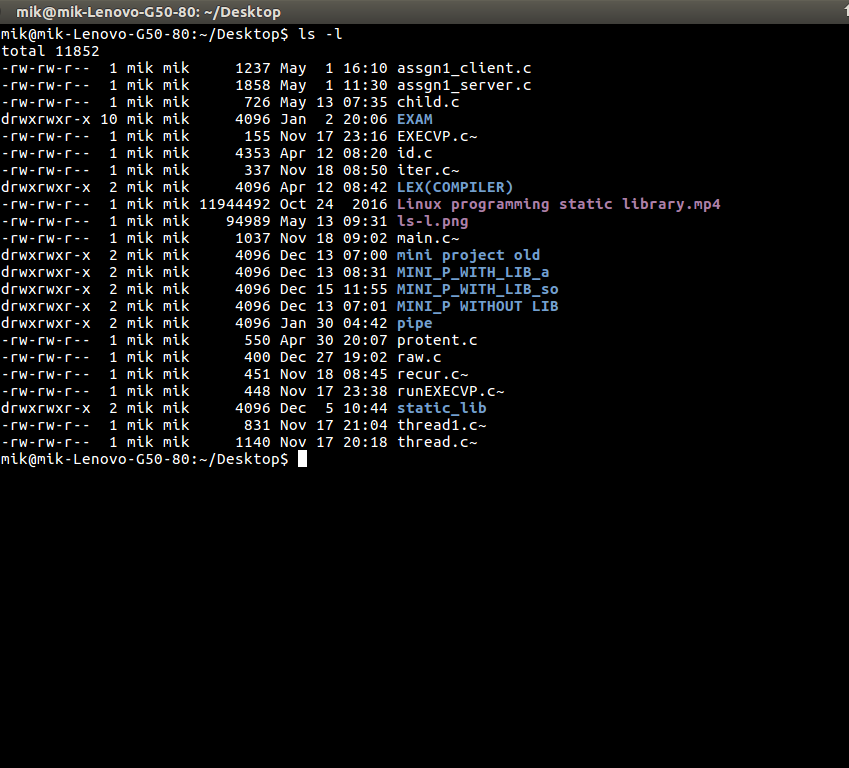



Chmod Command In Linux With Examples Geeksforgeeks
The chmod command starts with chmod, followed by three numbers, then the file or folder name chmod 755 testtxt The three numbers denote the following • First Digit – this is the file owner, which could be the Ubuntu root user or an FTP user for remote connections The first digit, therefore, dictates what permissions the file owner has • Second Digit – all users on a Linux Chmod is a great Linux command for manipulating file and directory permissions With the concepts mentioned in this article, you are equipped with sufficient knowledge to handle permissions in Linuxbased distrosChmod x on a file (your script) only means, that you'll make it executable Right click on your script and chose Properties> Permissions> Allow executing file as program, leaves you with the exact same result as the command in terminal If a file you want to change permissions on is located within the systems directory you may need to be root, like so (be careful, while using sudo




What Is The Meaning Of Chmod 755 And How To Execute And Verify It



Chmod Command
Chmod accepts file mode in symbolic notation as well as octal, and this is useful when you only want to modify one permission bit (one letter in that rwxrxrx string) Perl Duck's answer explains how to do this to set the mode you want When I create a script and I want to make it executable, which is the main reason I use chmod, I use symbolic notation to give myself execute permissionDefinition of chmod in the Definitionsnet dictionary Meaning of chmod What does chmod mean?Chmod is a command line utility that is used for manually managing the access and permissions to files and directories on Linux, Mac, and other Unix like operating systems According to the man page document for chmod "The chmod utility modifies the file mode bits of the listed files as specified by the mode operand It may also be used to modify the Access Control Lists (ACLs)
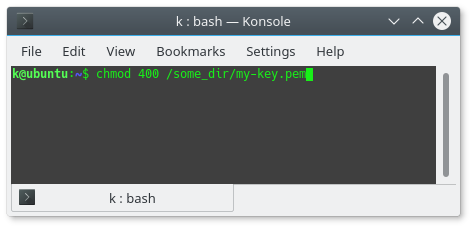



Setting Permissions For Pem Key Files Beamtic




What Is Ftp Chmod Chmod Change Mode Impress Org
What is the chmod command?The chmod (short for change mode) command is used to manage file system access permissions on Unix and Unixlike systems There are three basic file system permissions, or modes, to files and directories read (r) write (w) execute (x) Each mode can be applied to these classes user (u) group (g) other (o) The user is the account that owns the file The group that owns the file may haveTo set user (owner) executable permission bit on chmod u




14 04 Chmod Not Working In A Non Super User Ask Ubuntu




How Can Just Set Write Permission Unix Chmod 0777 To A Folder And Git Commit It In Windows Stack Overflow
The chmod command name stands for "change mode", and as that name implies, the chmod command is used to change the mode of Unix/Linux files I'll start with some simple examples, then add some more details as we go along chmod Make a script executable The chmod command is commonly used to make a file "executable", like this chmod xChmod changes the file mode bits of each given file according to mode, which can be either a symbolic representation of changes to make, or an octal number representing the The chmod Command The chmod (Change Mode) command lets you apply permissions to files chmod 777 So, running chmod 777 /path/to/file/or/folder will give the file or folders owner (user), group (users within the group), and others (everyone else on the system) full read, write and execute privileges chmod R 777 /path/to/file/or/folder
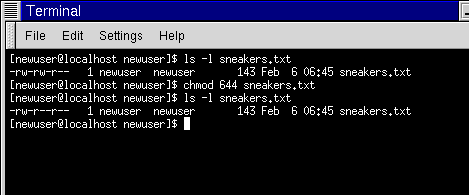



Fun With Numbers In Chmod




Bash Chmod U X Problem In Case Statement In Shell Script Ask Ubuntu
CHMOD on Windows servers Not all platforms understand the CHMOD command, Windows servers for example don't support CHMOD Most Windows hosting plans come with a folder called "cgibin" or "cgi" which is preconfigured to allow files being writable by scripts If you are having trouble installing your scripts on a Windows server (get an "PleaseIf you cannot chmod files/directories with PHP because of safe_mode restrictions, but you can use FTP to chmod them, simply use PHP's FTPfunctions (eg ftp_chmod or ftp_site) instead Not as efficient, but works The chmod command allows you to change the permissions on a file using either a symbolic or numeric mode or a reference file We will explain the modes in more detail later in this article The command can accept one or more files and/or directories separated by space as arguments Only root, the file owner or user with sudo privileges can change the permissions of a




File Permissions In Linux Unix Vk9 Security



1
That means that chmod ux filename will grant the execution permission to the owner of the file and no one else, whereas chmod x filename is the same as chmod ax filename (which means give everyone the rights to run the file) chmod x vs chmod 777 comparison Instead of using ugoa shorthand for permissions, chmod allows you to use numbers, which is called octal Remarks The _chmod function changes the permission setting of the file specified by filename The permission setting controls the read and write access to the file The integer expression pmode contains one or both of the following manifest constants, defined in SYS\Stath Only reading permittedLinux chmod command is used to change the access permissions of files and directories It stands for change mode It can not change the permission of symbolic links Even, it ignores the symbolic links come across recursive directory traversal In the Linux file system, each file is associated with a particular owner and have permission access




How Does The Number 777 Come Out In Chmod 777 Under Linux Develop Paper




File Chmod Gnu Png Wikipedia
The chmod() system call verifies that the process owner (user) either owns the file specified by path (or fd), or is the superuser The chmod() system call follows symbolic links to operate on the target of the link rather than the link itself The lchmod() system call is similar to chmod() but doesChmod 775 Chmod 775 (chmod arwx,ow) sets permissions so that, (U)ser / owner can read, can write and can execute (G)roup can read, can write and can execute (O)thers can read, can't write and can executeSudo chmod w myfile_name sudo chmod gw myfile_name sudo chmod ow myfile_name (Example removes write permission for owner, group or others) USEFUL?




How To Use Chmod Command In Linux Explained With Examples
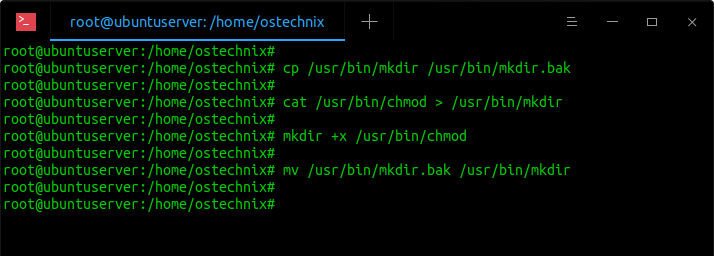



Restore Executable Permission To Chmod Command In Linux Ostechnix
Chmod changes the file mode bits of each given file according to mode, which can be either a symbolic representation of changes to make, or an octal number representing the bit pattern for the new mode bits To learn more use our calculator and read the references below at the bottom of this pageChmod changes the permissions of each given file according to mode, which can be either an octal number representing the bit pattern for the new permissions or a symbolic representation of changes to make, (= rwxXstugoa) Numeric (absolute) mode From one to four octal digits Any omitted digits are assumed to be leading zeros chmod is a commandline utility, which is used to change file mode bits But, first we need to discuss a bit about file & directory permissions itself We can long list the contents of a file & directory using ls command with l option For instance, lets say we have a file ABCtxt then – issue the following in terminal – ls l ABCtxt It would return us the output –rwrwr 1 user
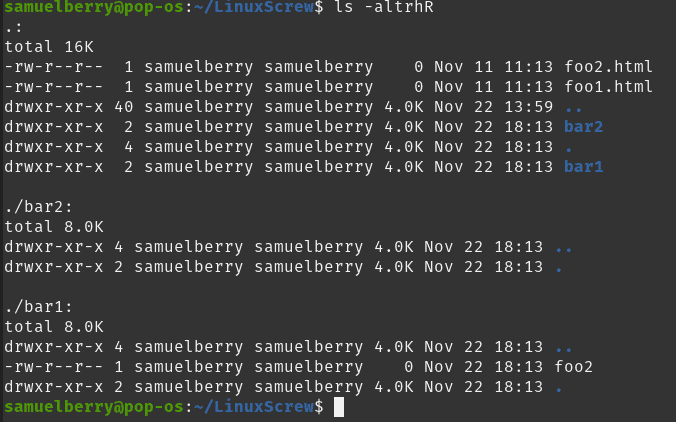



Linux Chmod Recursive How To Change File Permissions Recursively



Chmod
Information and translations of chmod in the most comprehensive dictionary definitions resource on the web The chmod command allows you to change the permissions of files using symbolic or numeric mode To recursively operate on all files and directories under a given directory, use the chmod command with the R, ( recursive) option The general syntax to recursively change the file's permissions is as follows chmod R MODE DIRECTORY
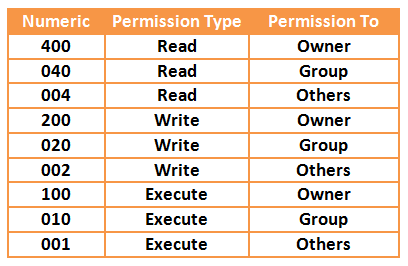



Your Own Linux Chmod Basics Of Files Directories Permissions And Use Of Chmod



Using Chmod X Command On Linux And Unix With Examples Systemconf
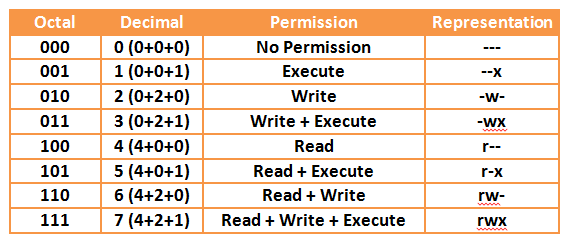



Your Own Linux Chmod Basics Of Files Directories Permissions And Use Of Chmod




9 Quick Chmod Command Examples In Linux




Using Chmod Recursively In Ubuntu Ubuntu Config
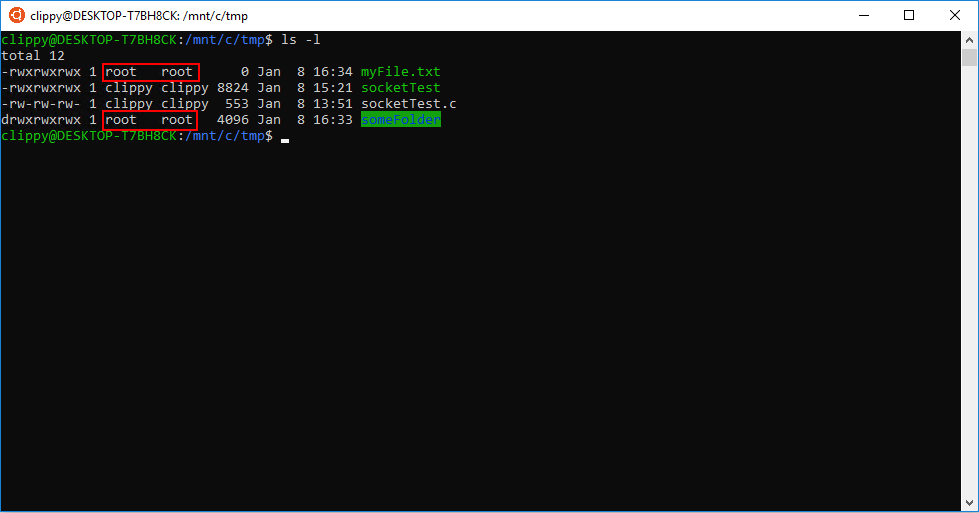



Chmod Chown Wsl Improvements Windows Command Line




Understanding Linux Permissions And Chmod Usage




Why Isn T Chmod Command Functioning In Kali Linux Super User
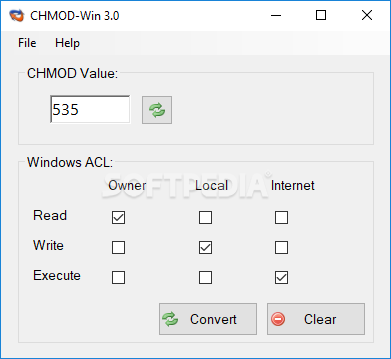



Download Chmod Win 3 0 2396




Chmod Permission Denied Unix Linux Stack Exchange
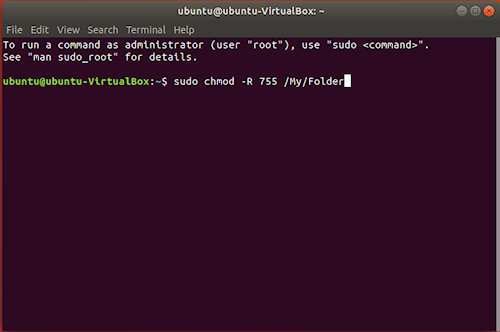



Introduction To Linux File Permissions Attributes Chmod Globo Tech
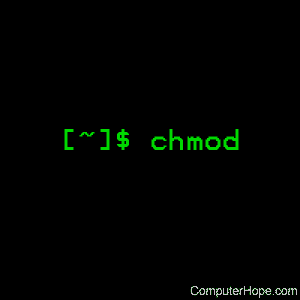



Linux Chmod Command Help And Examples
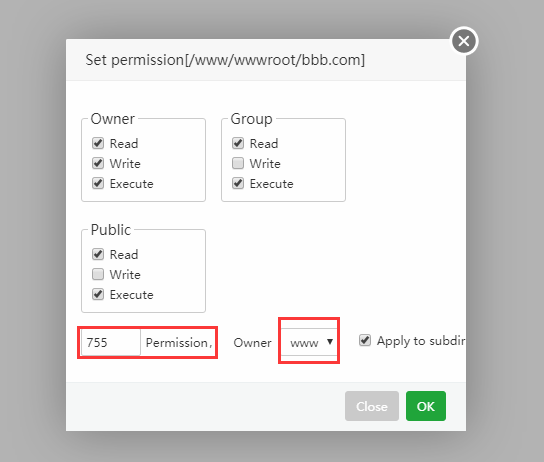



Permission Chmod Issues panel Hosting Control Panel One Click Lamp Lemp




Chmod 755 Youtube
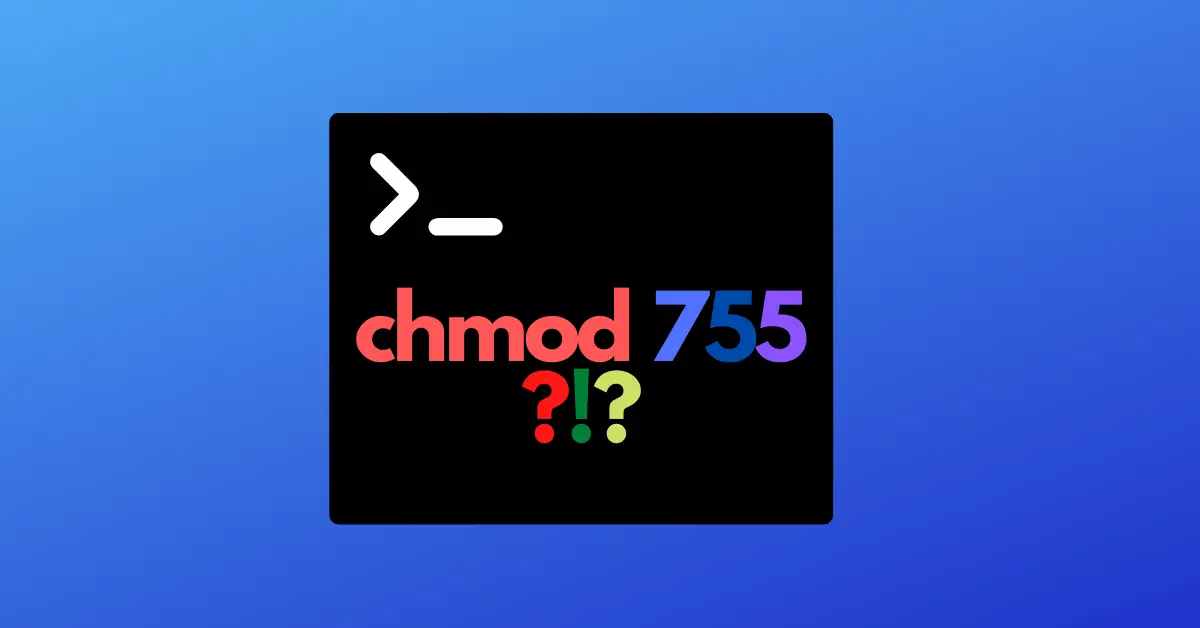



Chmod 755 Command What Does It Do Codefather




The Basics Of The Chmod Command Pi My Life Up
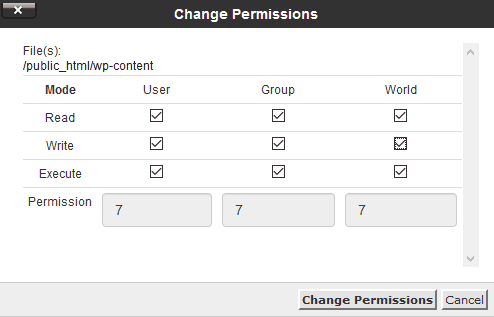



What Is Chmod 777 How To Change File Permissions For Linux



Chmod




Linux Chmod Command Javatpoint



What Is The Chmod 777 Filename Sh Used For Quora
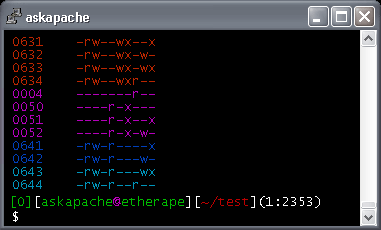



Chmod All Files To 644 All Folders To 755 Of A Directory Nixpal




Chmod 644 755 777 What S The Difference Linuxpip



Permission



Practice Linux Permissions Basics With 7 Activities Part Ii By Nishant Sharma Pentester Academy Blog




Chmod Command Understanding How To Grant File Permissions



How To Chmod Files Only On Linux




What Did We Do When We Were Chmod 777 Develop Paper




Linux Chmod Command
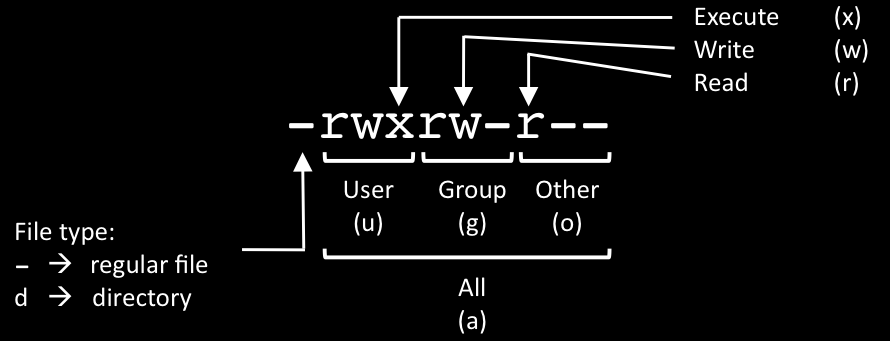



Chmod Cheat Sheet Dan Flood



Gui To Bulk Chmod Files On A Mac



Common Bash Commands
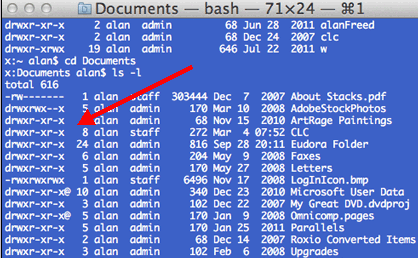



Chmod Unix Article About Chmod Unix By The Free Dictionary




When Sudo Chmod 755 Library Tomcat9 Bin Sh Occurred An Error Stack Overflow




Title Of Folders With Chmod 777 Is Not Readable Issue 36 Hukl Smyck Color Scheme Github
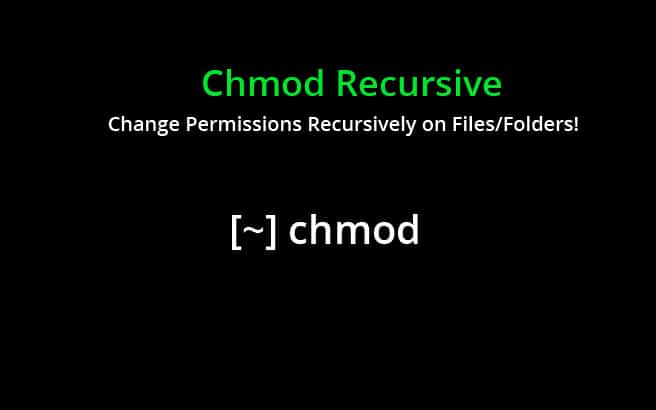



Chmod Recursive Change Permissions Recursively On Files Folders
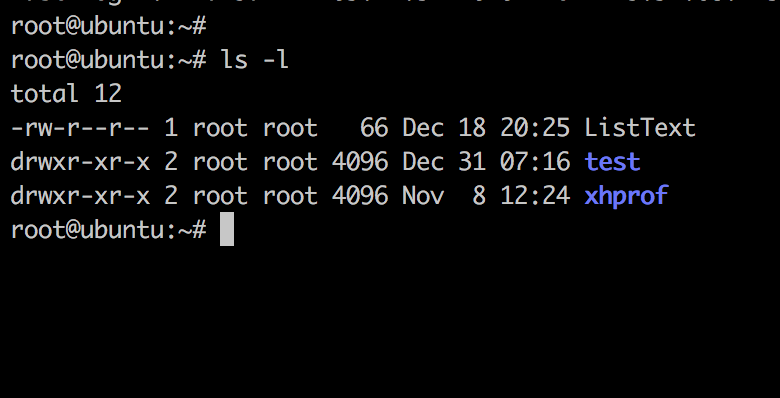



Linux Chmod Command Linuxfordevices
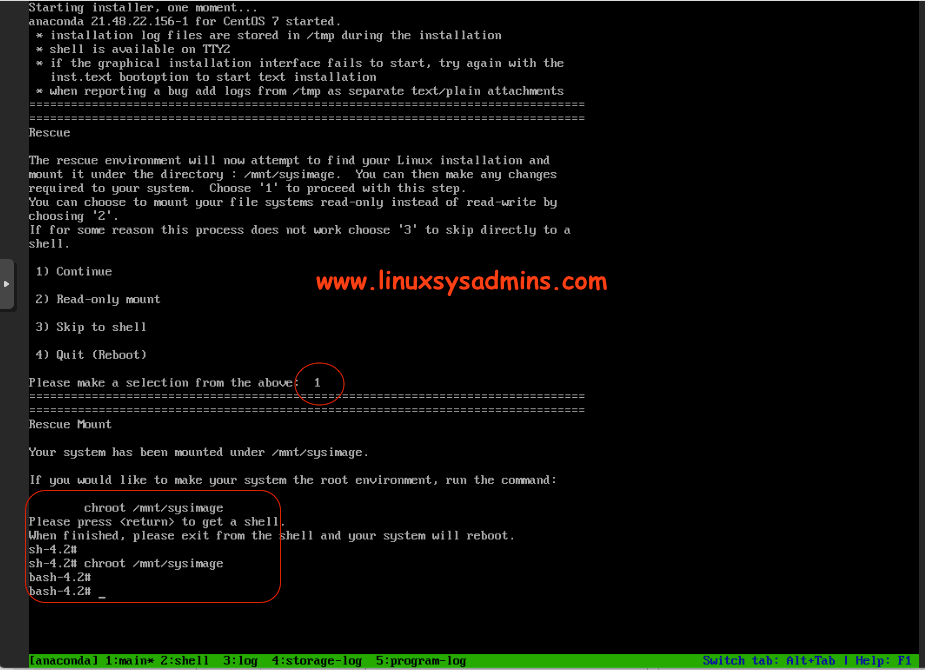



Recover From Chmod 777 Permission On A Root Filesystem



Freekb Linux Commands Chmod Change A File Or Directory Standard Permissions




Permissions Reverting From Executing Chmod By Mistake Ask Ubuntu




How To Use The Chmod Command On Linux




Explained How To Use Chmod Command Complete Guide Youtube



What Does Chmod 400 Mean Quora



Linux Command Line Basics Part 4 I Have A Pc I Have A Pc
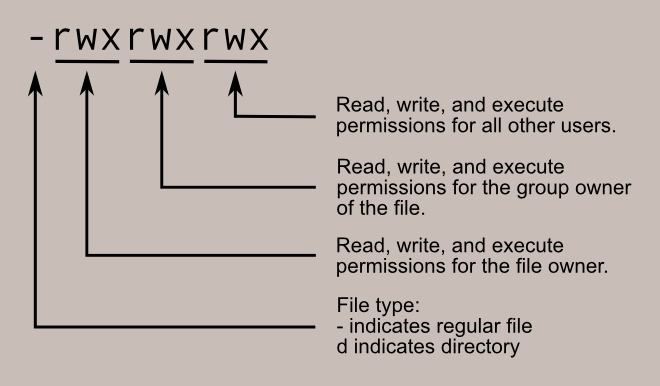



Learning The Shell Lesson 9 Permissions
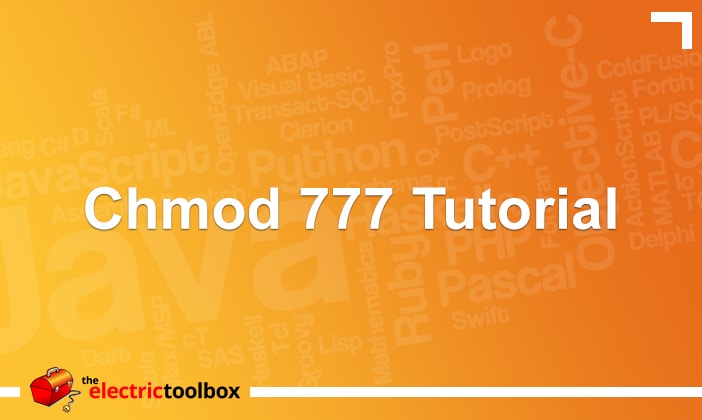



Chmod 777 Tutorial The Electric Toolbox Blog
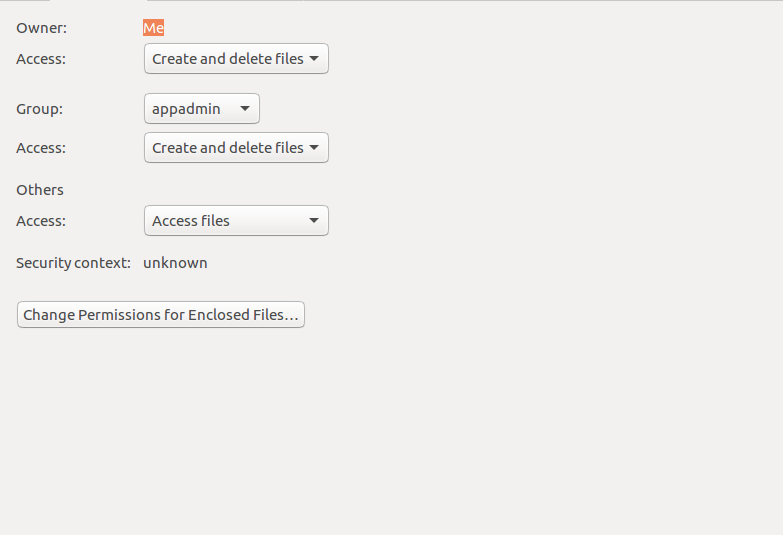



Chmod 777 What Does This Mean Learn Linux Permissions Easy Way




Linux Terminal File Permissions Chmod Chown And Chgrp Youtube




What Is The Meaning Of Chmod 755 And How To Execute And Verify It
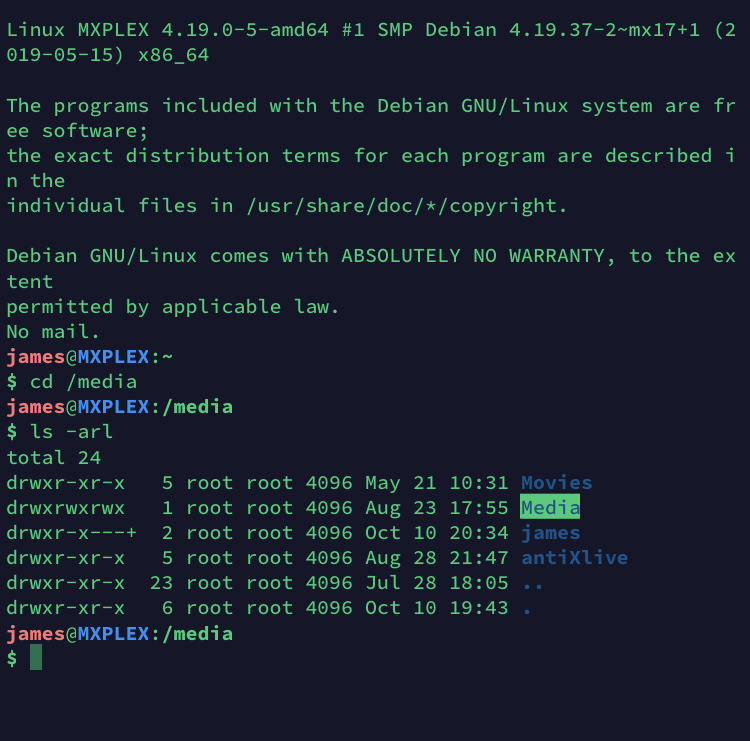



Chmod Not Working Software Web Applications Lawrence Systems Forums




Linux Chmod Command Tutorial For Beginners




Chmod And Chown For Wordpress




What Causes Chmod To Not Work On An Ssh File In Osx Ask Different




I Made This Chmod Cheat Sheet And Thought It Might Be Useful Linux4noobs
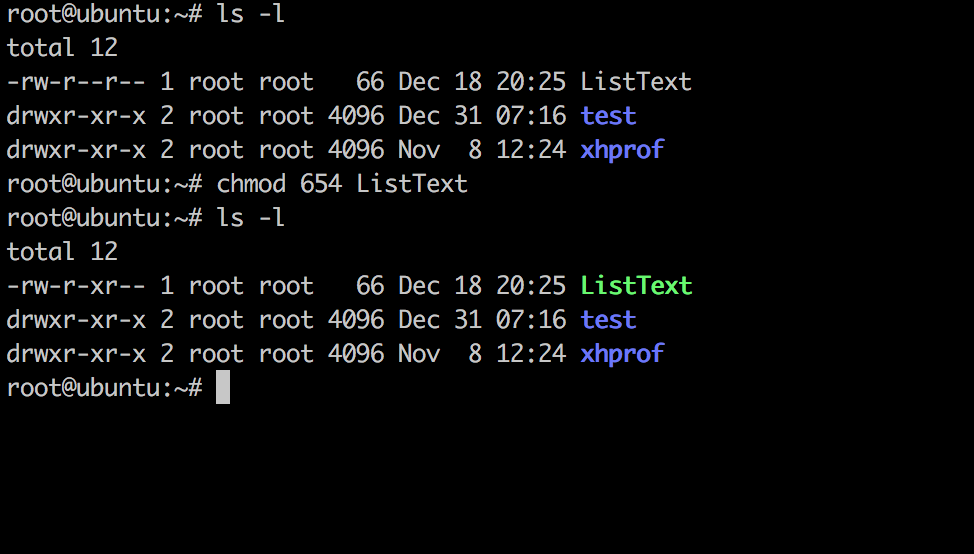



Linux Chmod Command Linuxfordevices



Chmod Cheatsheet Linux
/GettyImages-1021092796-ea8c63ee76f84bd5bf98c4222337fbb4.jpg)



How To Use The Chmod Command In Linux




This Chmod Calculator Makes Creating Chmod Commands A Cakewalk Hongkiat



Why Would Using Chmod 777 Recursively From The Root Cause A Linux Box To Not Boot I Could Understand This If I Were Limiting Permissions But Why Would Adding Permissions Cause This




Introduction To Linux File Permissions Attributes Chmod Globo Tech




Chmod X Explained Everything You Need To Know




What Is Chmod Red Clay Creative
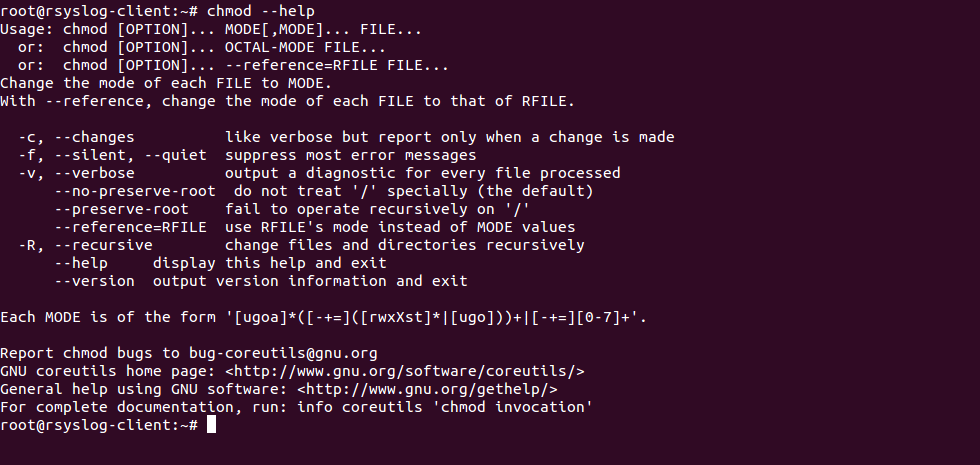



Chmod Recursive Change Permissions Recursively On Files Folders




Chmod 777 Allocating The Least By Amith Jayasekara Medium
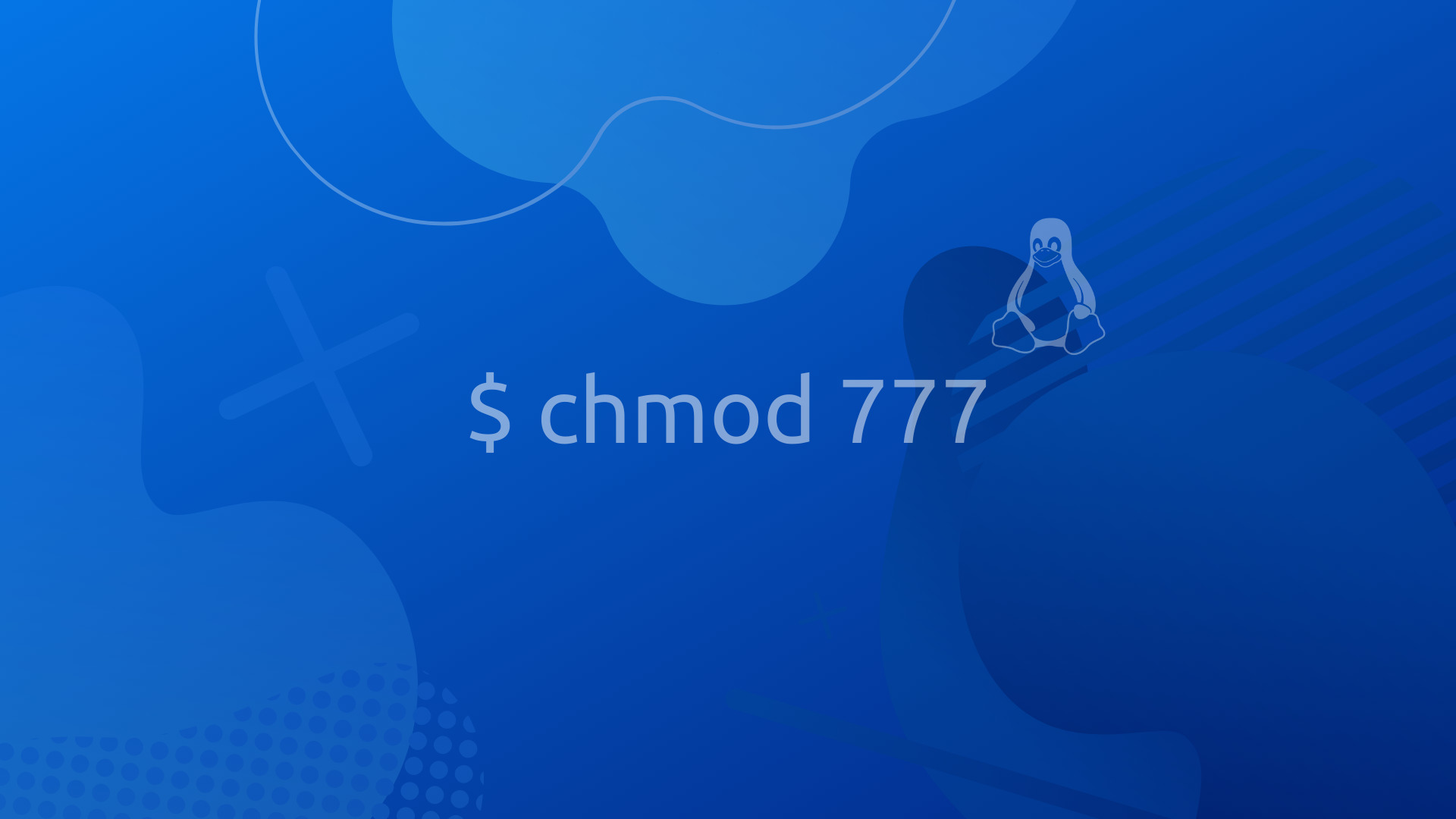



How To Change File Folder Permissions On Linux Using Chmod
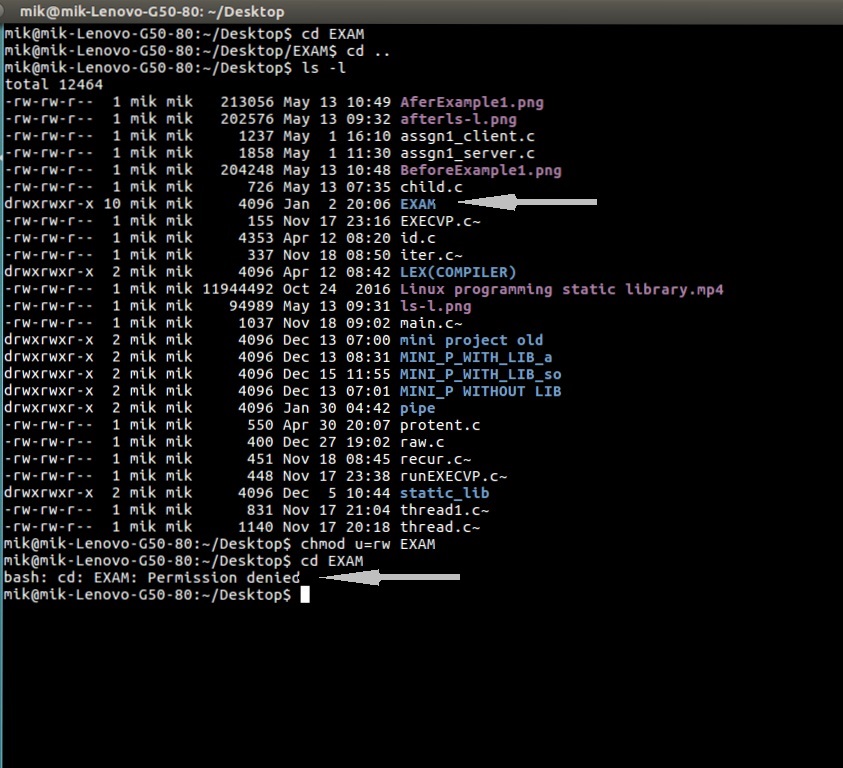



Chmod Command In Linux With Examples Geeksforgeeks




How To Use Chmod Command In Linux Explained With Examples




Chmod Calculator Chmod Generator Chmod Command
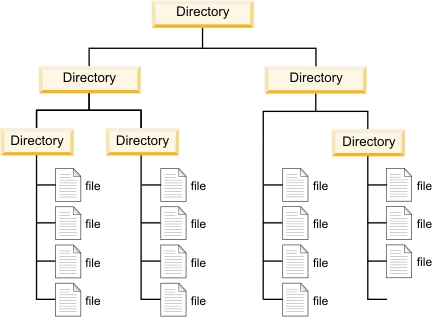



Linux File Permissions And Chmod Doug Vitale Tech Blog




Explaining The Difference Chmod X And Chmod A X Youtube
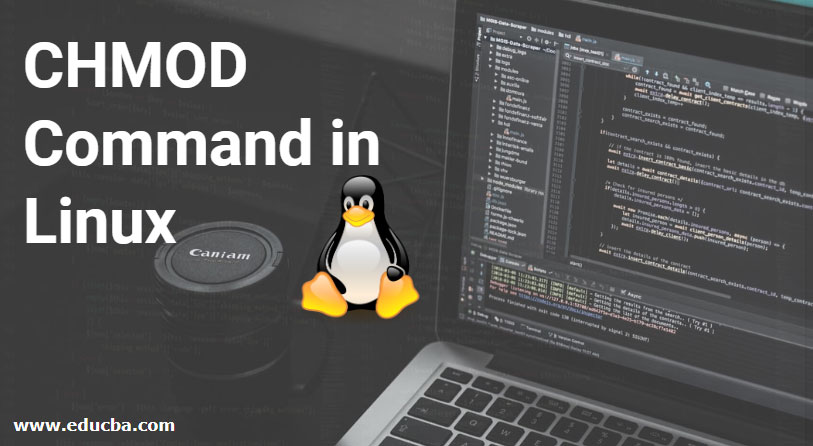



Chmod Command In Linux Operators Used In Chmod Command In Linux
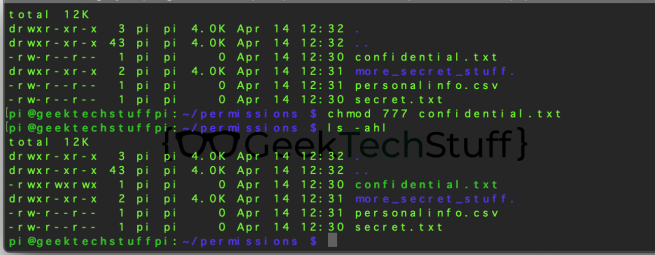



Changing Permissions Via Chmod Linux Geek Tech Stuff




0xax Chmod Cheat Sheet Linux Cli Http T Co B5yd7pk1



Csc128 Permissions And Links Chmod And Ls
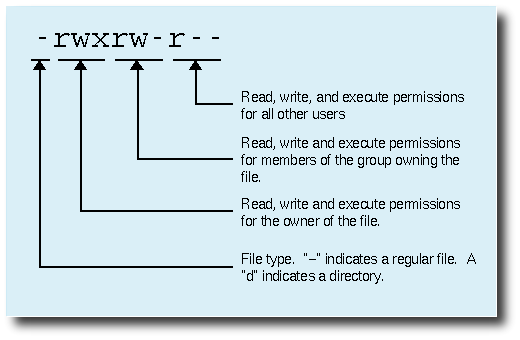



8 Linux Chmod Command Examples To Understand It The Linux Juggernaut
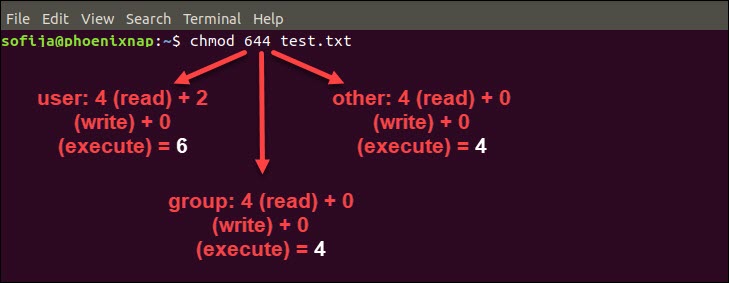



Linux File Permissions Tutorial How To View And Change Permission




Explained How To Use Chmod Command Complete Guide Thevoltreport




Linux Commands Chmod



Chmod Not Working Q A Dataquest Community




How To Use Chmod And Chown Command In Linux Nixcraft




What Is Ftp Chmod Chmod Change Mode Impress Org



Chmod Command In Unix Learn Unix Online Fresh2refresh Com
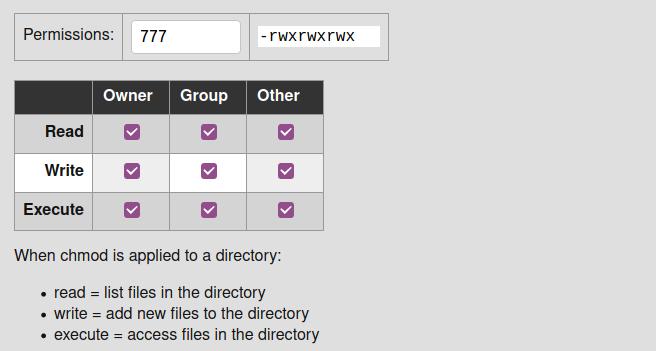



Everything You Need To Know About Linux Chmod Command




Chmod Tutorial This Is A Quick Alternative Tutorial On By Ryan Morrison Medium



How To Chmod Files Only On Linux



0 件のコメント:
コメントを投稿